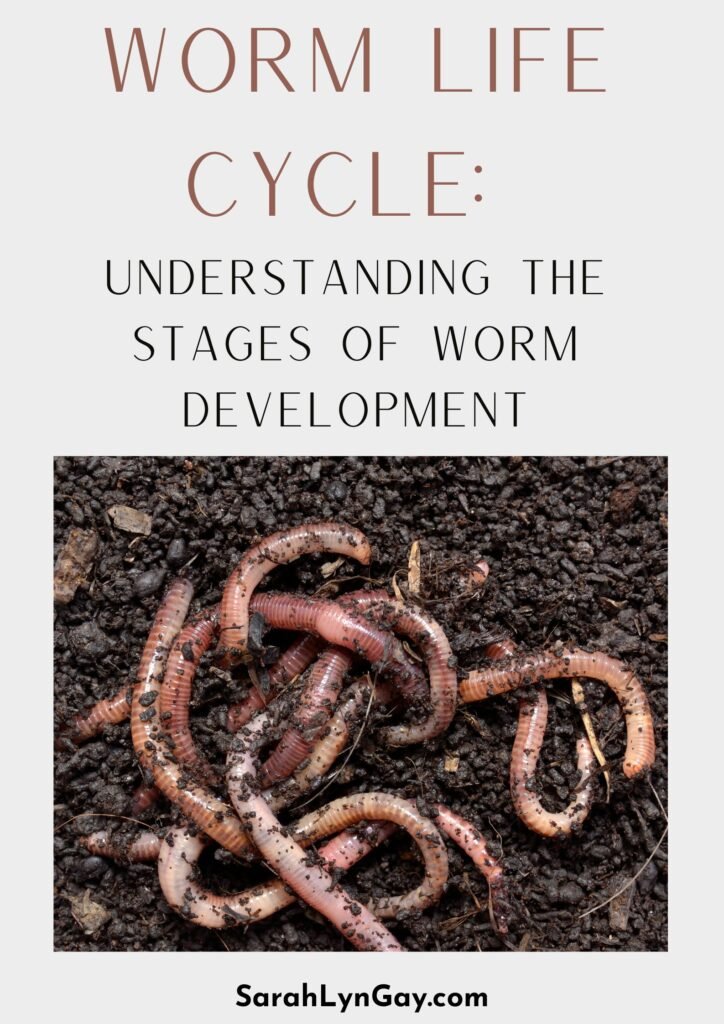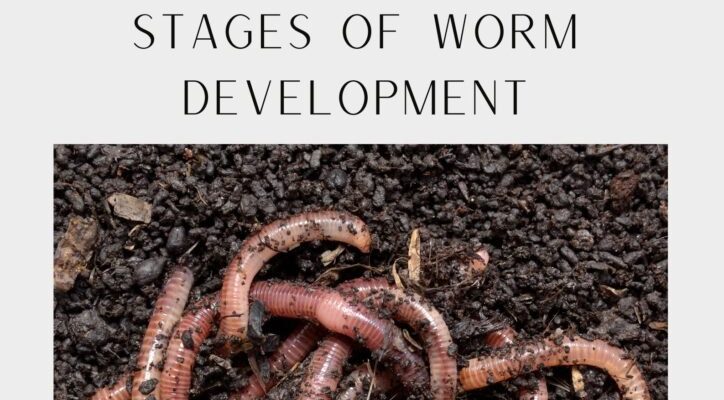
Imagine you’re in a cozy café, sipping on your favorite brew, and someone starts talking about the peculiar life of these worms. You’d probably be fascinated, right? That’s how I feel about wolf worms and their development timelines. Each host species influences how these worms grow and thrive, creating a web of interactions in our ecosystem. So, let’s dig into the details and unravel the fascinating timelines of wolf worms and how they develop differently depending on their hosts.
What Are Wolf Worms?
Wolf worms, known scientifically as *Hypoderma*, are a type of parasitic larvae that primarily target mammals, especially livestock like cattle and sheep. They’re not your average garden variety worms. These larvae develop inside the host’s body, often causing various symptoms and issues that can affect the animal’s health and well-being. Think of them as uninvited guests: they take up residence and thrive, often without the host’s consent.
The life cycle of a wolf worm is broken down into several key stages—each with its timeline. It’s a remarkable transformation that showcases how these creatures adapt to survive within their hosts. Understanding their development timelines by host species can help farmers and animal caretakers manage potential infestations effectively. It’s crucial information for anyone working with animals, especially in agricultural settings.
The Life Cycle of Wolf Worms
The wolf worm has a complex life cycle that generally involves several stages: **eggs**, **larvae**, and **adults**. The process begins when an adult female lays her eggs on the skin of a host animal. The timing of this can vary based on environmental conditions, but typically, the eggs hatch within a week or two.
Once the larvae hatch, they penetrate the skin and begin their journey inside the host. They can take anywhere from a few months to over a year to fully develop into adult worms. The time frame largely depends on factors such as the host species and environmental conditions. It’s like a race against time, where the larvae grow while jostling for space and resources inside.
During their development, the larvae can cause various health issues in their hosts, including inflammation and discomfort. Let’s break down the development timelines based on the most common host species.
Wolf Worm Development in Cattle
Cattle are among the most common hosts for wolf worms. The development timeline for these worms in cattle can be quite striking. After the female lays her eggs on the animal’s skin, the larvae typically enter the body within **5 to 10 days**. Once inside, they take their sweet time growing. It can take anywhere from **8 to 12 months** for them to reach maturity.
During this time, you might notice that the affected cattle exhibit some unusual behaviors, like scratching or rubbing against objects to relieve irritation. It’s their way of dealing with the discomfort brought on by the worm development. The adult worms then emerge from the host’s body, often leaving a visible hole, ready to find new mates and continue the cycle.
This lengthy timeline underscores the importance of monitoring cattle for signs of wolf worms. Regular check-ups can help mitigate the issue before it escalates.
Wolf Worm Development in Sheep
Sheep also serve as a host for wolf worms, and their development timeline is slightly different. Similar to cattle, it starts with the female laying eggs on the sheep’s skin. However, the larvae can penetrate the skin much quicker, often within **3 to 5 days**.
Once inside, the larvae develop rapidly, taking about **6 to 9 months** to mature. During this period, affected sheep might show symptoms like discomfort or skin lesions where the larvae interact with the host’s tissues. If left untreated, the presence of wolf worms can lead to significant health problems, including infection and reduced productivity.
Understanding the specific timeline for sheep is crucial for shepherds and farmers who need to keep their flocks healthy and thriving.
Wolf Worm Development in Goats
Goats can also become hosts for wolf worms, but their timeline varies again. After the female lays her eggs, the larvae typically enter the goat’s body within **7 to 10 days**. Interestingly, the development period is shorter than in cattle and sheep, taking about **5 to 7 months** to mature.
While goats may experience some irritation, they often exhibit fewer severe symptoms compared to cattle and sheep. This variability in symptoms and development timelines highlights the importance of knowing which host species is affected. For goat owners, awareness of wolf worms can lead to proactive measures and better overall health for their animals.
Wolf Worm Development in Other Hosts
Wolf worms can also infect other mammals, including deer and even dogs, albeit less frequently. In these cases, the development timelines can fluctuate based on the host’s immune response and overall health.
For instance, in deer, the larvae may take longer to develop, often requiring **up to a year** due to their robust immune systems. In dogs, the timeline could vary drastically, sometimes leading to less severe effects. Each species’ unique biology influences how the wolf worms grow and thrive, making it essential to consider the host when studying these parasites.
This variability in development timelines reinforces the complex relationship between wolf worms and their hosts. Each host species presents a different challenge and requires tailored approaches for control and management.
What Does This Mean for Farmers and Animal Caretakers?
Understanding how wolf worms develop in different host species can significantly impact livestock health management. By being informed about the specific timelines, farmers can implement effective measures to prevent infestations. This might include routine examinations of their animals, monitoring for signs of discomfort, and being proactive about treatment.
Here’s a quick rundown of essential practices:
- Regularly check livestock for signs of irritation or abnormal behavior.
- Consult a veterinarian if you suspect wolf worm infestations.
- Consider preventive treatments based on the species you’re raising.
- Keep your animal’s living environment clean to minimize potential breeding grounds for parasites.
By prioritizing these practices, farmers can create a healthier environment not just for their livestock but also for the ecosystems they inhabit.
In conclusion, wolf worms are more than just creepy crawlies; they have intricate life cycles that depend heavily on their host species. Understanding these development timelines can empower animal caretakers to take necessary action, ensuring that their animals remain healthy and vibrant. Whether you’re managing cattle, sheep, or goats, being informed about wolf worm development can make all the difference in effective animal care. So, the next time you think about the natural world, remember—there’s always more unfolding beneath the surface!

